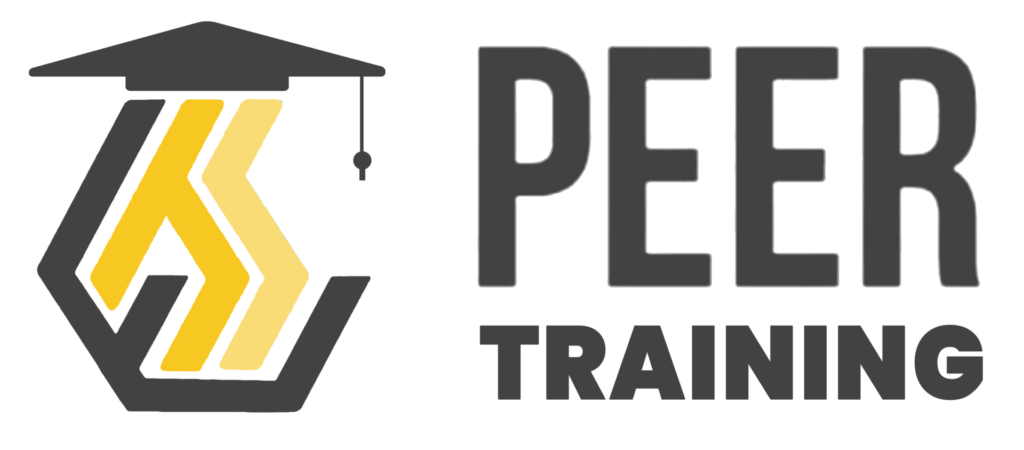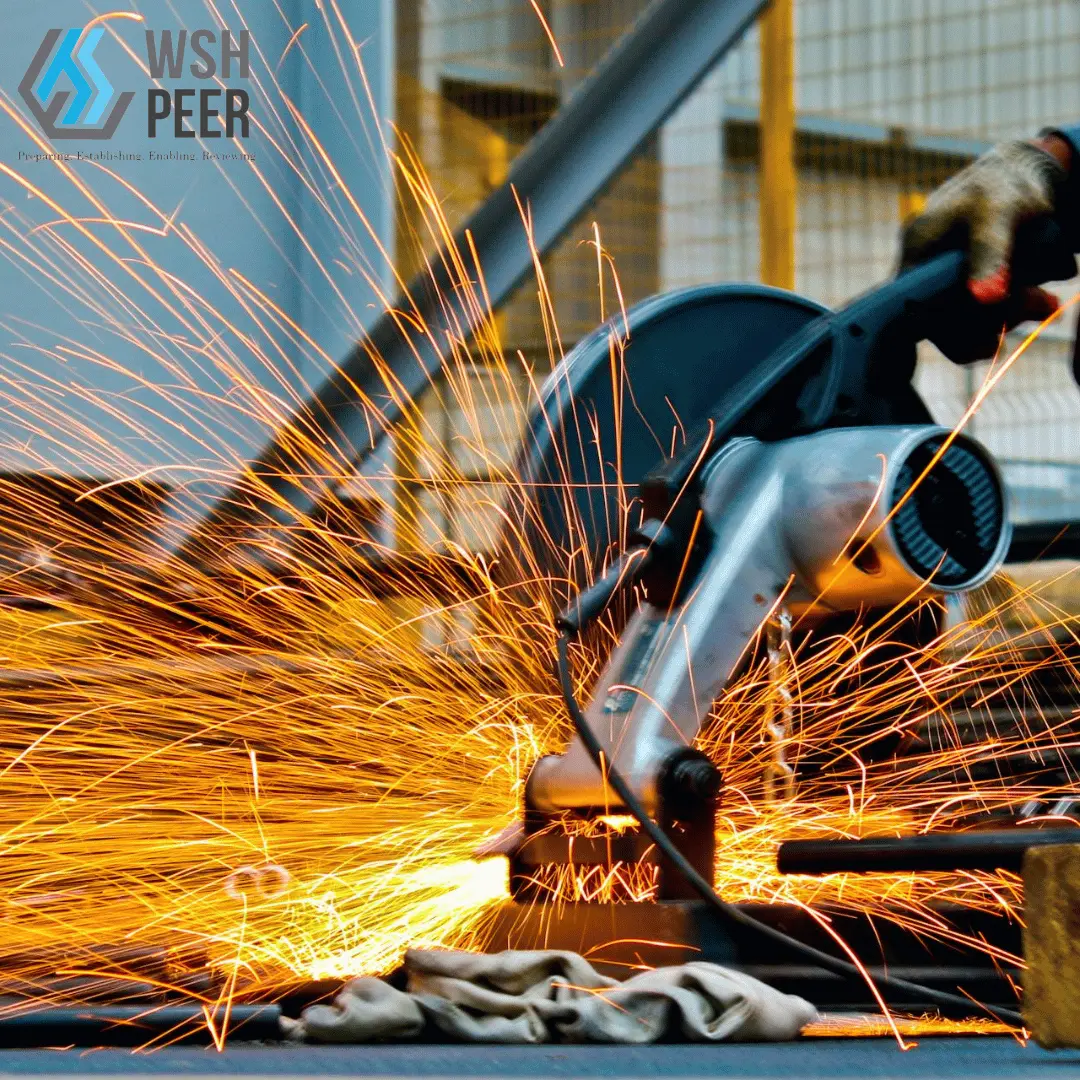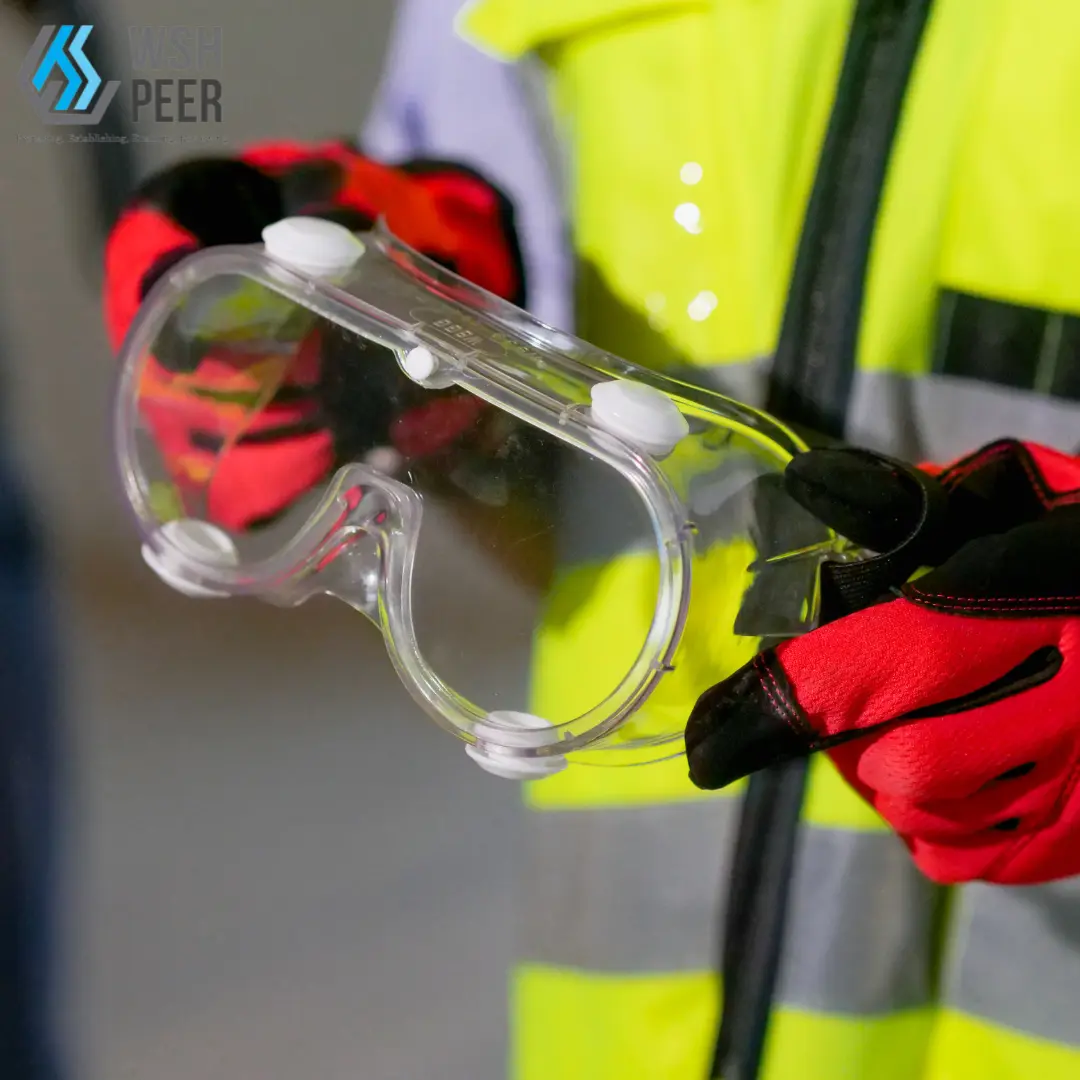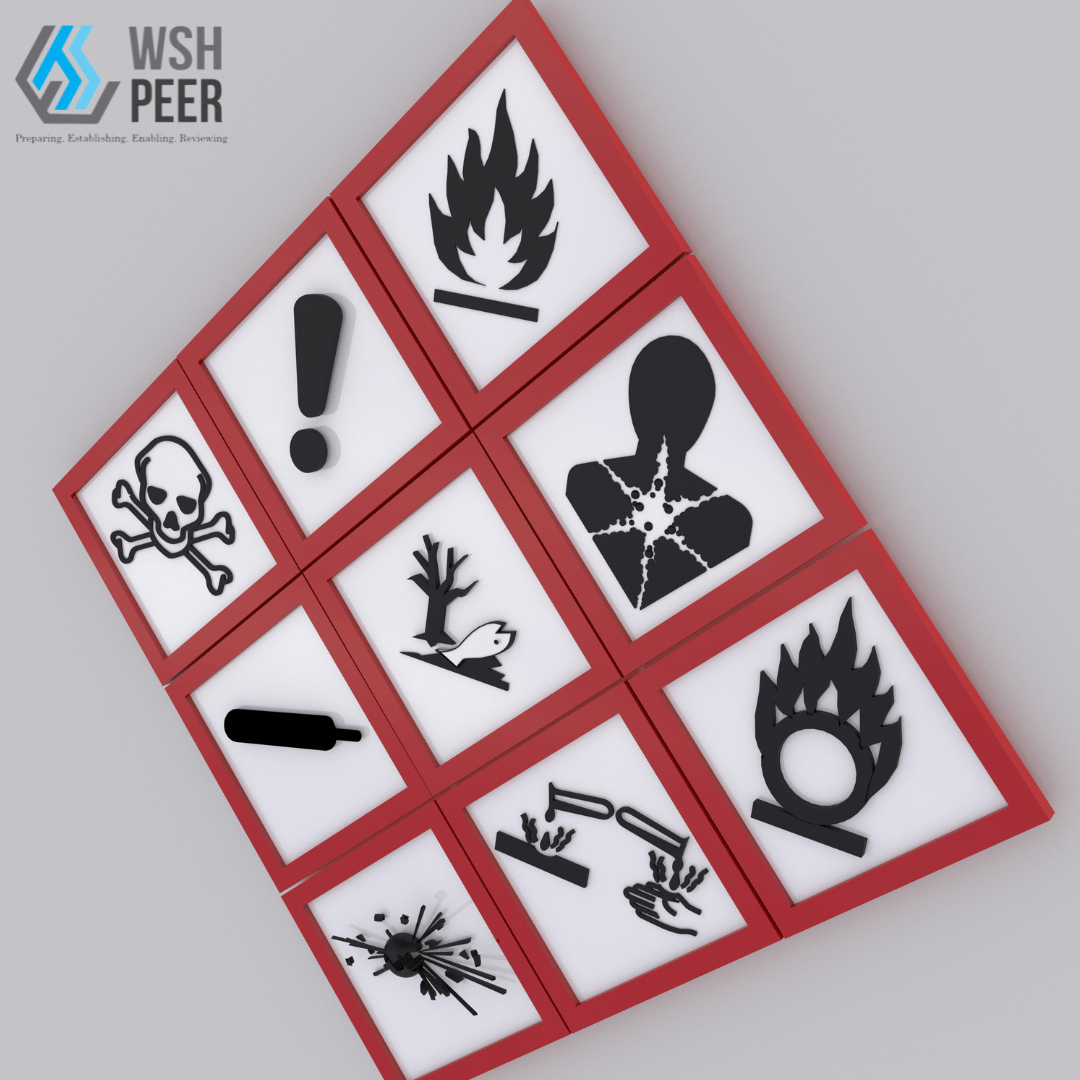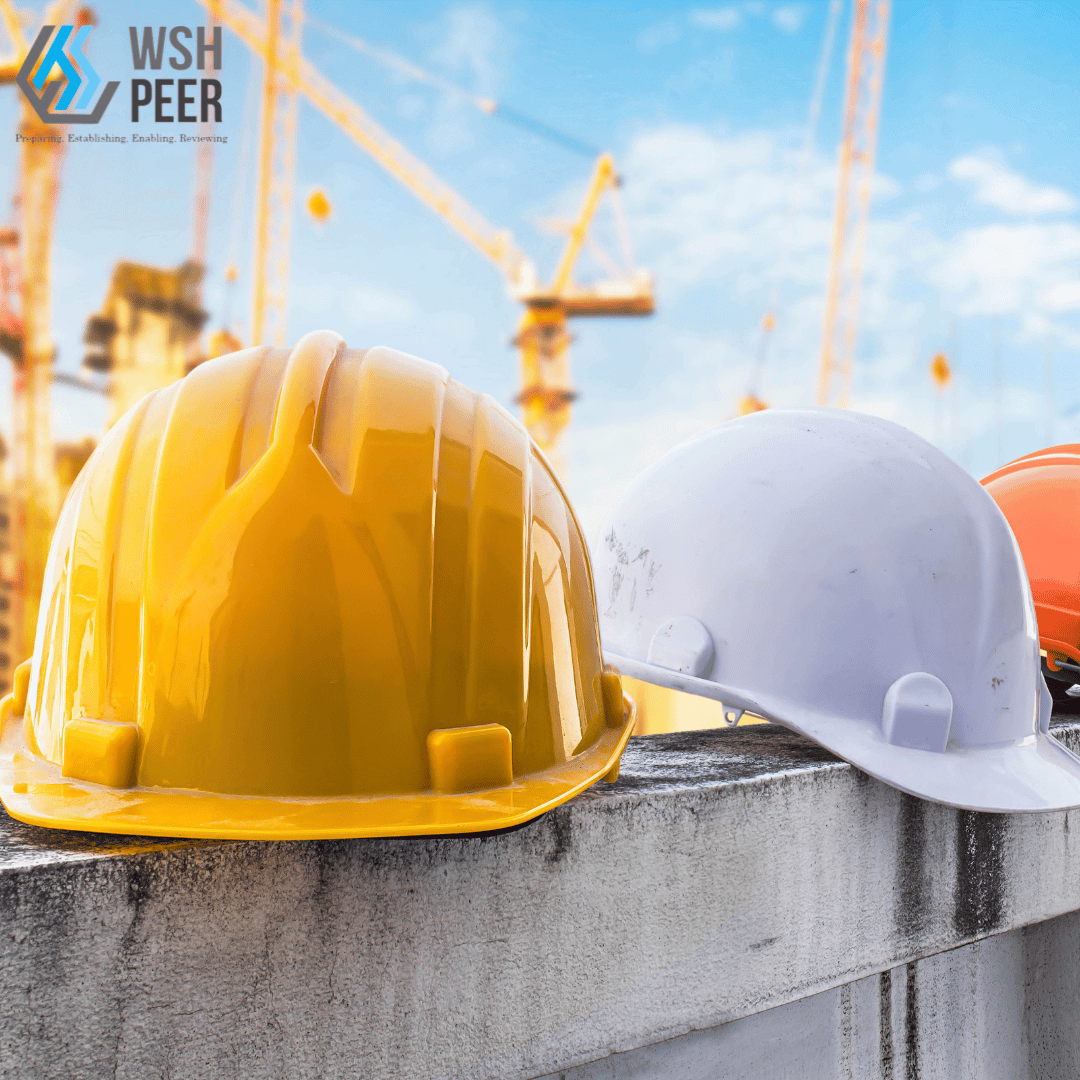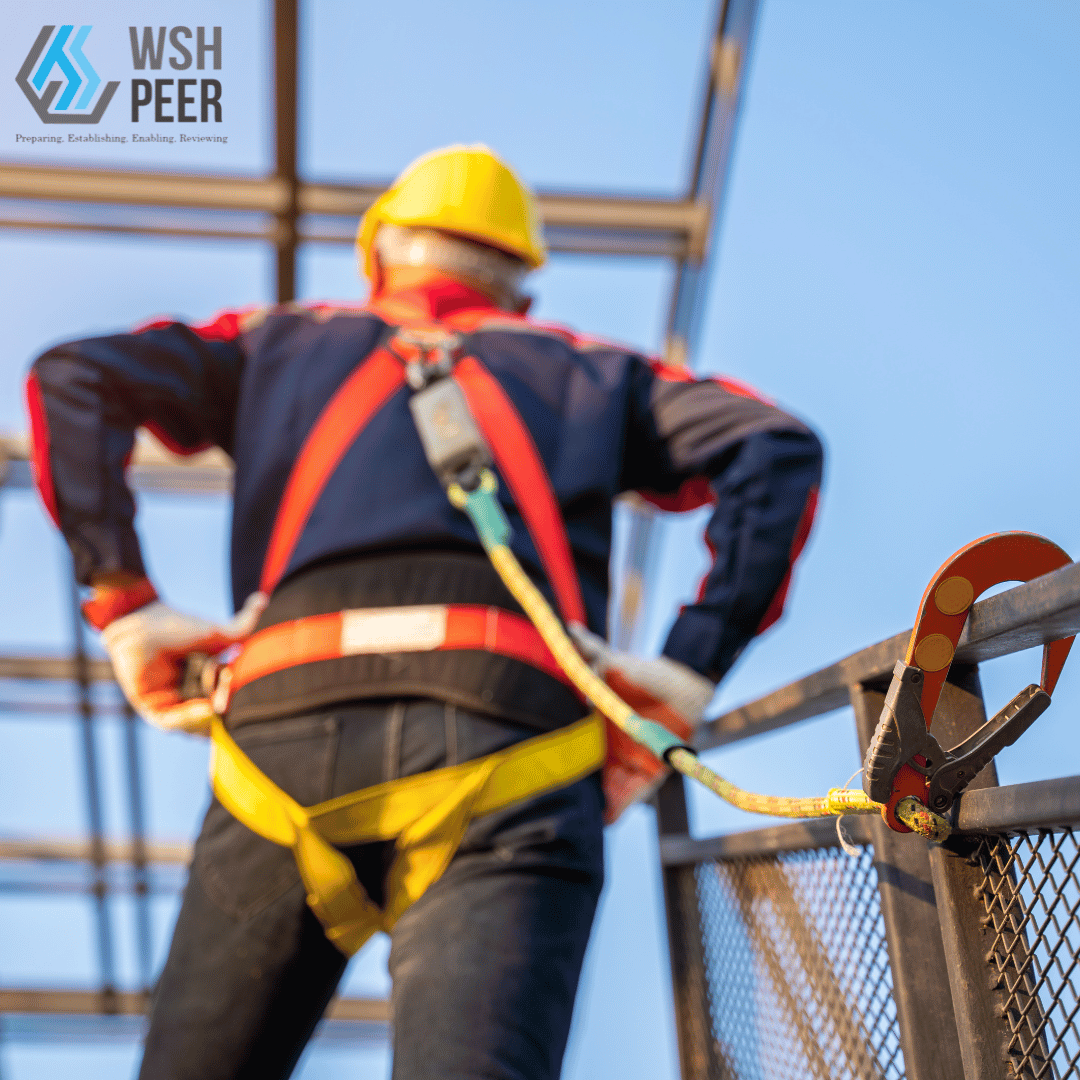Machine Hazards
The use of machines, in particular, those with moving parts, expose workers to risks of bodily injuries. The following are some common machine hazards and risks:
- Entanglement – When a worker’s body part or loose items worn by him/her get caught in the moving machine parts.
- Impact – Impact from moving machine parts or pressurised fluid jets that can cause abrasions and bruises.
- Cutting – Contact with moving cutting elements such as blades that can cause severe injuries or amputations.
- Electrical – Contact with faulty electrical components in machines such as live wires that can cause electrocution.
- Heat – Contact with hot machine surfaces that can cause skin burns.
- Loud noise – Excessive loud noise generated by machines that can cause noise-induced deafness (NID) after prolonged exposure.
Preventing Machine Hazards
There are 4 main reasons why accidents involving machines occur in the workplace:
- Failure to implement sufficient safe work procedures on an organisational level;
- Failure to follow safe work procedures due to ignorance, lack of experience or disregard for safety;
- Lack of safety management practices to identify and eliminate unsafe acts and behaviours; and
- Lack of adequate design for safe use, such as the absence of proper machine guards
Risk Control Measures
After you have identified the machine hazards in your workplace, you need to evaluate the risks of these hazards and implement appropriate risk control measures. You should prioritise your measures according to the Hierarchy of Control. Upstream risk controls (i.e. elimination, substitution and engineering controls) are more effective in reducing or controlling risk, and should be considered first.
Hierarchy of | Sample risk control measure |
Elimination | Locate lubrication points away from moving machinery parts. |
Substitution | Replace noisy machines with less noisy ones. |
Engineering | Install enclosed splash guards to protect workers from chemical splashing during machine operation. |
Administrative controls | Establish lock-out tag-out (LOTO) procedures for repair and maintenance of machines. |
Personal | Use the appropriate PPE for the job. |
Refer to the WSH Guidelines on Safe Use of Machinery to learn more about machine hazards and control measures to minimise or eliminate risks.
You should:
- Allow only trained and competent employees to operate machines.
- Put up warning signs to warn employees of machine hazards.
- Ensure all machines are properly guarded.
- Educate employees on all machine hazards, relevant control measures and safe work procedures.
- Provide employees with the correct PPE.
- Schedule regular preventive maintenance for machines.
Employee's Role
You should:
- Conduct visual check on machine before starting operation.
- Ensure machine guards are in place before operating the machine.
- Stop the machine if it is operating abnormally.
- Report any unsafe condition, near miss or incident to your supervisor.
- Adhere to all safe work instructions and procedures.
- Wear the correct PPE for the job.
You should not:
- Operate machines that you are not trained in.
- Operate machines if you are not feeling well.
- Wear loose-fitting clothes or jewellery when operating machines.
- Attempt to fix or troubleshoot faulty machines.
- Leave a machine unattended when it is still running.
For More Information
- Protect against Machine Accidents (PDF)
- Manufacturing Sector – An Increasing Contributor to Workplace Fatal Injuries (PDF)
- ABC Checklist – Working Safely with Machines (PDF)
- ABC Checklist – Handling Sharp Objects Safely (PDF)
- ABC Checklist – Working Safely with Non-powered Hand Tools (PDF)
- Technical Advisory on Safe Use of Power Presses and Press Brakes (PDF)
Reference: The Workplace and Safety (WSH) Council

